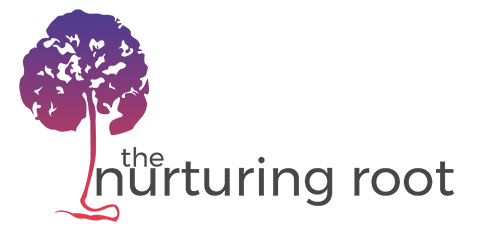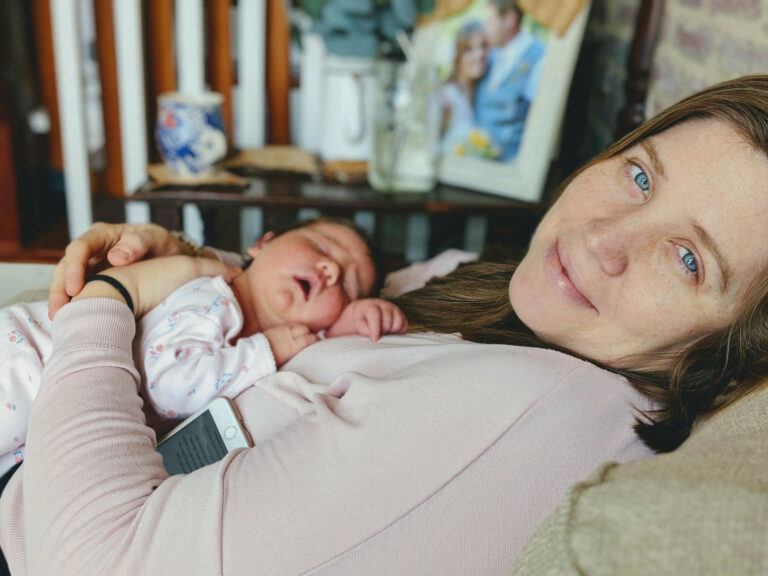The Birth of Olive June
Birth has the tendency to unveil your greatest fears and expose areas of strength that you never knew existed. For me, this third baby has freed my soul and changed me in ways I’m not quite able to put into words. But before the days of toddler messes and newborn cuddles cloud my memory, I…

